Guide to Piston Fillers: How They Work and Why You Need One
In the world of industrial filling machines, piston fillers stand out for their versatility, accuracy, and efficiency. Whether you’re a small business looking to streamline your production line or a large manufacturer seeking to enhance your operational capabilities, understanding piston fillers and their applications can be incredibly valuable. This guide delves into the principles, advantages, applications, and selection criteria for piston fillers, providing a comprehensive resource to help you make informed decisions.
What is a Piston Filler?
A piston filler is a type of filling machine that uses a piston mechanism to accurately dispense a specific volume of product into containers. It’s ideal for filling a wide range of products, from thin liquids to highly viscous substances like sauces, pastes, and creams.
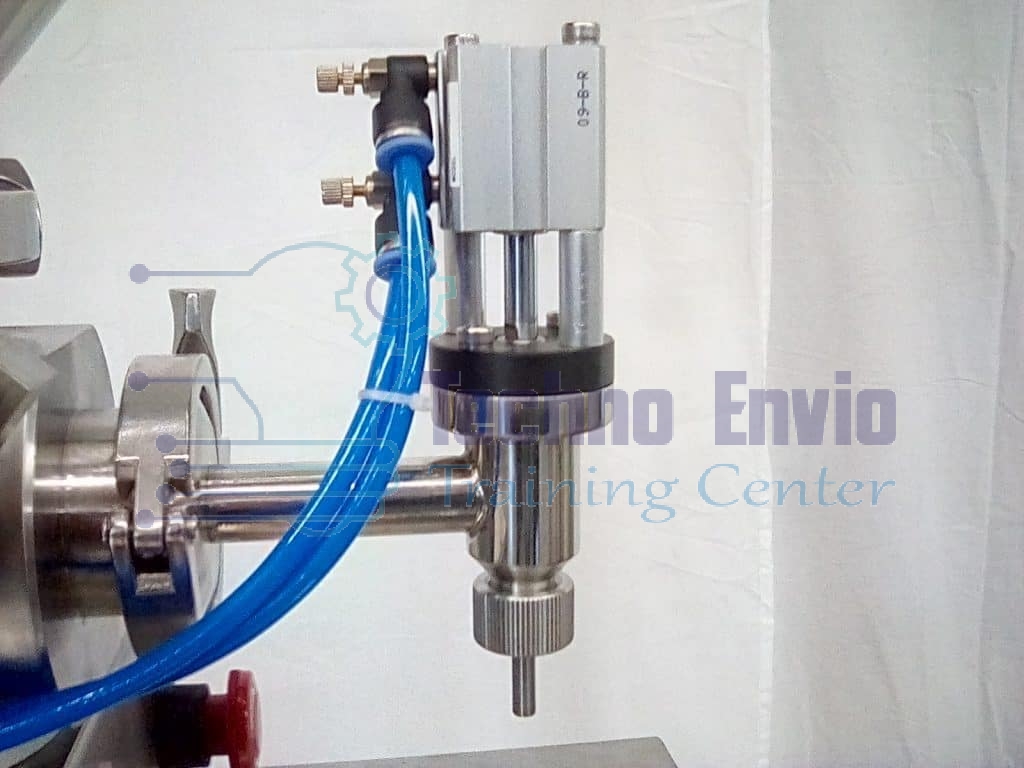
Key Components
- Piston and Cylinder: The core components that draw in and dispense the product.
- Valves: Control the flow of product into and out of the piston chamber.
- Hopper: Stores the product before it’s drawn into the piston.
- Nozzle: Directs the product into the container.

Figure 1: Basic components of a piston filler
How Piston Fillers Work
- Suction Phase: The piston moves back, creating a vacuum that draws the product from the hopper into the cylinder.
- Dispensing Phase: The piston moves forward, pushing the product out of the cylinder through the nozzle into the container.
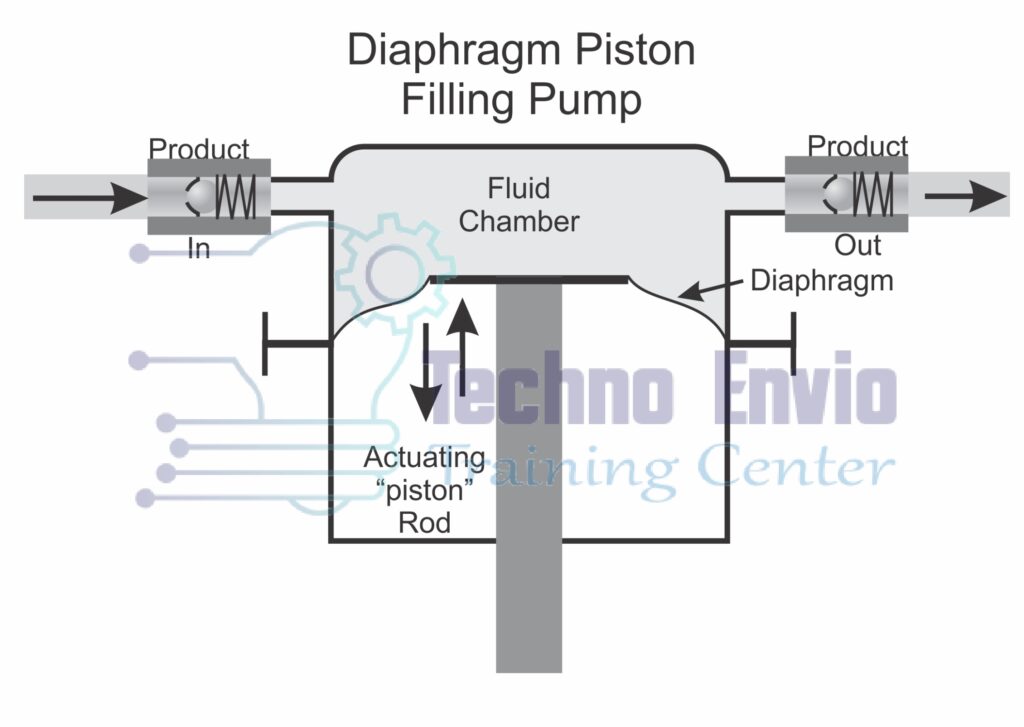
Figure 2: The operation cycle of a piston filler
The simplicity of this mechanism ensures precise volume control and consistent filling, making piston fillers highly reliable.
Advantages of Piston Fillers
- High Accuracy: Piston fillers are known for their precision, making them ideal for products that require exact measurements.
- Versatility: They can handle a wide range of product viscosities, from thin liquids to thick pastes.
- Ease of Use: With straightforward operation and minimal training required, piston fillers are user-friendly.
- Cost-Effective: They are generally less expensive than other types of filling machines, such as flow or gravity fillers.
- Minimal Maintenance: Due to their simple design, piston fillers require minimal maintenance, reducing downtime and maintenance costs.

Figure 3: Key benefits of using piston fillers
Applications of Piston Fillers
Piston fillers are used across various industries due to their adaptability and efficiency:
- Food and Beverage: Ideal for filling products like sauces, syrups, and dressings.
- Cosmetics: Used for creams, lotions, and gels.
- Pharmaceuticals: Suitable for filling medicinal creams and ointments.
- Chemicals: Effective for filling viscous chemicals and cleaning products.

Figure 4: Diverse applications of piston fillers in various industries
Choosing the Right Piston Filler
Selecting the right piston filler involves considering several factors to ensure it meets your specific production needs.
Product Viscosity
Choose a piston filler designed to handle the viscosity of your product. For example, heavy-duty models are better for thick substances like peanut butter, while standard models can handle thinner liquids like oils.
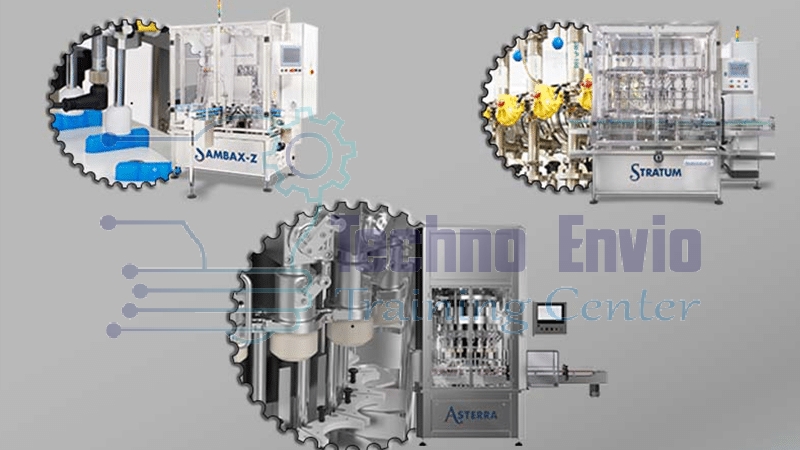
Figure 5: Viscosity comparison for different types of piston fillers
Filling Volume
Consider the volume range your piston filler needs to accommodate. Some machines are designed for small doses, while others can handle larger quantities.
Speed Requirements
Assess your production speed requirements. High-speed piston fillers are available for large-scale production, while slower models are suitable for smaller operations.
Container Type
Ensure the piston filler is compatible with the types of containers you use, whether they’re bottles, jars, or tubes.
Cleanability
Choose a model that is easy to clean, especially if you work with multiple products that require frequent changeovers.
Maintaining Your Piston Filler
To keep your piston filler in optimal condition, regular maintenance is essential. Here are some tips:
- Clean Regularly: Thoroughly clean the hopper, piston, and nozzle after each use to prevent contamination and ensure consistent product quality.
- Inspect Valves: Regularly check the valves for wear and replace them as needed to maintain proper flow control.
- Lubricate Moving Parts: Apply appropriate lubrication to the piston and other moving parts to prevent wear and ensure smooth operation.
- Check for Leaks: Inspect seals and gaskets for any signs of leakage and replace them promptly to maintain efficiency.
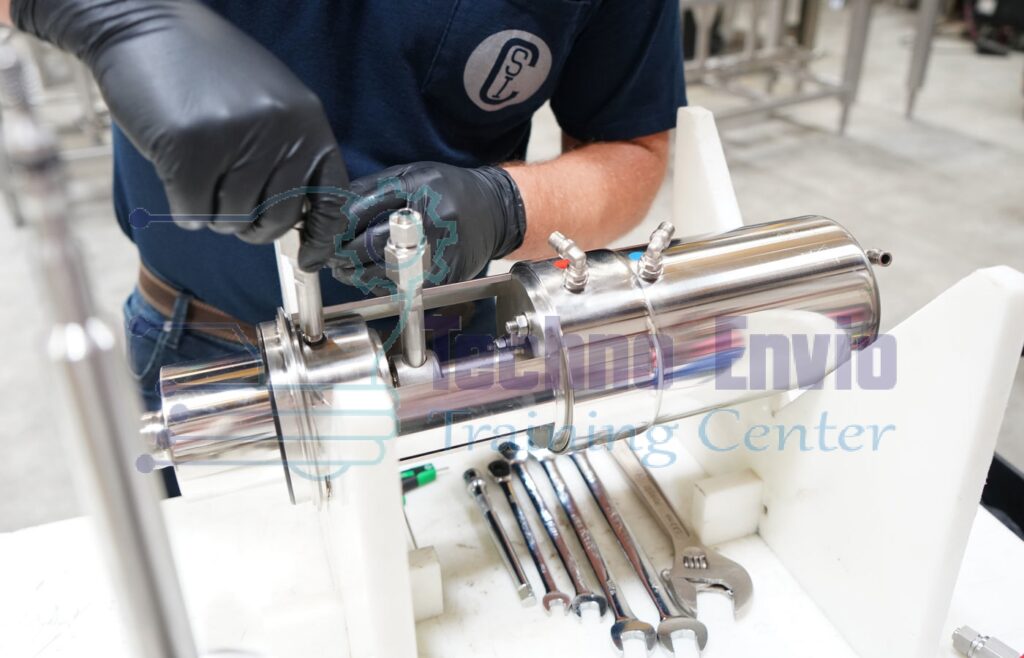
Figure 6: Routine maintenance tasks for piston filler
Conclusion
Piston filler is a versatile and reliable solution for a wide range of filling applications. Their precision, ease of use, and cost-effectiveness make them an excellent choice for businesses looking to improve their production processes. By understanding the working principles, benefits, and maintenance requirements of piston fillers, you can make an informed decision that enhances your operational efficiency and product quality.
FAQs
1. What types of products can piston filler handle?
Piston filler can handle a wide range of products, including liquids of varying viscosities such as water, oils, syrups, creams, gels, sauces, and thick pastes.
2. How accurate are piston fillers in dispensing liquid volumes?
Piston fillers are known for their exceptional accuracy and precision, ensuring consistency and uniformity in each fill.
3. Are piston fillers easy to clean and maintain?
Yes, piston fillers are designed for ease of maintenance, with accessible components and user-friendly interfaces making cleaning and maintenance tasks straightforward.
Explore More:
- How to Choose the Right Filling Machine for Your Business
- Understanding the Different Types of Liquid Filling Machines
- Tips for Maintaining Your Filling Equipment for Longevity and Efficiency
Subscribe for Updates: Stay informed about the latest trends and technologies in industrial filling equipment. Subscribe to our newsletter for expert tips and industry news!

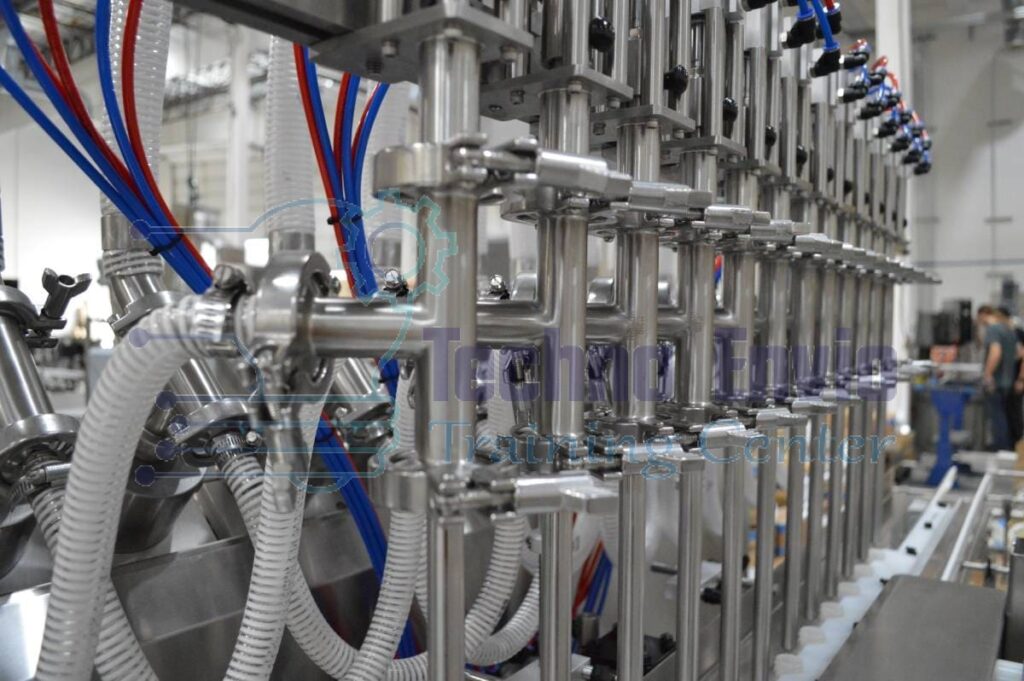
Pingback: Best Quick Guide to the Liquid Filling Machine - technoenvio.com